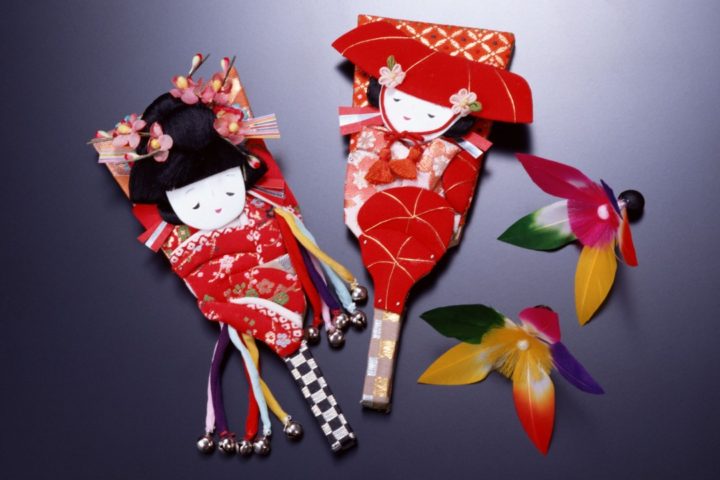
“Akemashite omedetō gozaimasu!”
“Happy New Year,” my friends! =) The changing of the year is a point of celebration in several nations, depending on what country you are from. One of the wonderful things about our world is how cultures can express similar celebrations in an array of ways that suits their people, history, and unique glory.
The land of the rising sun, with its rich past fusing with its radiating future, has always fascinated and warmed my heart, driving me to be grateful, creative, and express myself. Japan has filled me with joy. So, I enjoy composing these Culture Lessons on my treasured GeekyKool here. New Year is another opportunity for that!
With the weather crisp and cold and our mind circling with how we can look towards our futures, let us venture into another Japan Vs. The United States post!
This website was an excellent resource. ^_^ Destination Japan.
If you want to learn more about Japanese holidays, please check out my other articles HERE:

When is New Year?
In the United States, New Years is always January 1st, parties (for those who can stay awake, which is rare for me anymore, lol,) the prior day, New Year Eve (December 31st.)
Japan also celebrates, it being more of an adult-orientated holiday like ours. Many employments will throw gathering at local bars or co-workers just get together to toast to the future. One aspect I heard some households do is on New Year is they will stay up until SUNRISE, going to the roof if possible, to see the first day of the New Year begin. It is called Hatsuhinode. Oh, how I wish I could stay up that late to see such a sight! =)
The day of New Years in Japan usually is close to January 1st (if not on) to January 3rd, depending on their calendar cycle for the year.
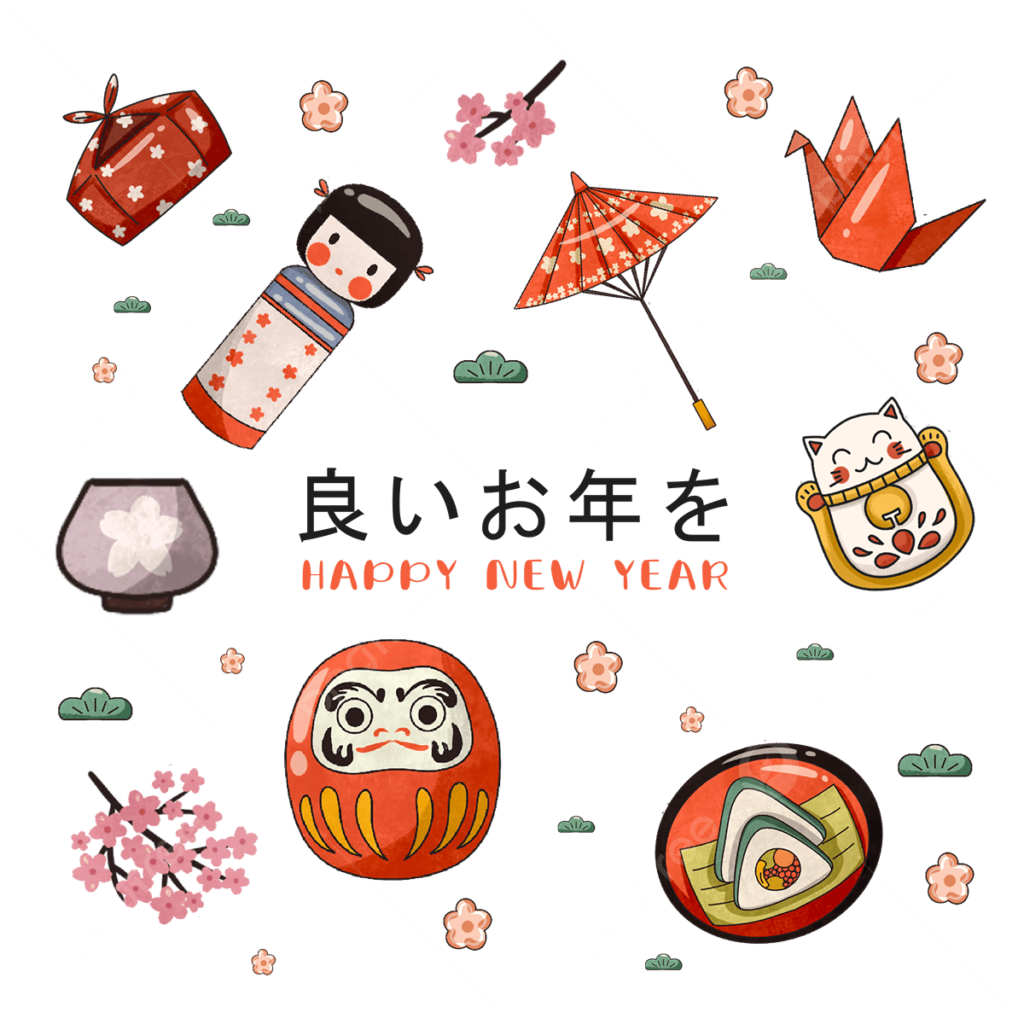
Cleaning:
In Japan, they believe since it is a clean start with a new year, then why not clean the house? Families do a deep cleaning, or oosouji, cleaning EVERYTHING, even spots that have not been cleaned all year. China does a similar idea for their new year, not only cleaning their homes to invite their extended family for a celebration but also sweeping out the bad luck from the previous year. 🙂
I know some people go through clothes for the New Year or the United States has the concept of ‘spring cleaning’ and yard/garage sales. Not sure if there is much to connect other than that, lol!
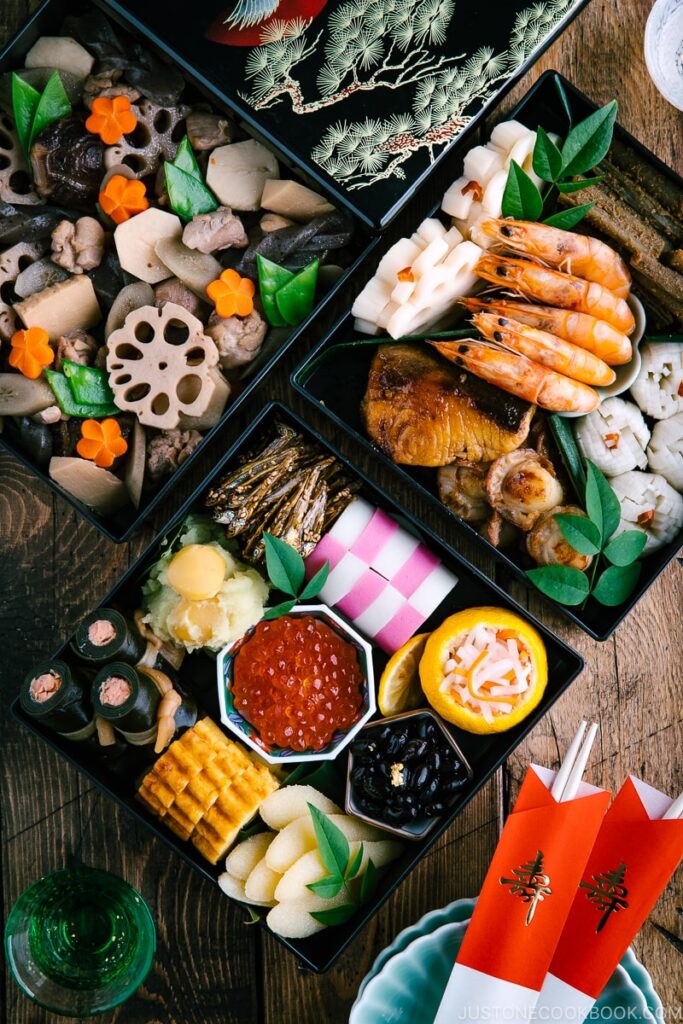
Food:
One thing I sadly half-tease about is I could not be in a Japanese home for New Year for oranges are traditionally eaten around this time of year (depicted often in media with a dozen or so of them in a wooden bowl in the middle of a kotatsu (a small, low table households get out during colder times that has a large warm blanket or heated one.) I am allergic to citrus fruits, even the smell. So, this tradition of consuming them for a good start to health for your new year is awesome, but something I cannot partake in. But, New Years TV specials/comedies are popular (whereas we have Christmas movies and specials.) That would be cool to see!
Oranges are also left at family (home) alters too during these times.
Mochi (a Japanese, sticky chewy rice treat with a filling inside, often red bean paste for New Years,) is eaten as well.
New Years noodles are deeply enjoyed and savored carefully. The longer the noodle, the longer your life expectancy. Toshikoshi soba is one such noodle eaten on the eve of this festive meal time.
Bento (lunch) boxes are a staple of Japan that has crossed over the oceans for their usefulness and whimsy designs. Since New Years is a time of being amongst friends and family, Osechi, a large bento box meal made for many, is common and beloved. The container is multi-layered and usually black, and the treats inside are sharable. Some common delectables include: black beans, datemaki (fish cakes wrapped in sweet eggs,) konbumaki (a rolled kelp dish,) shrimp, gobo (gobo root, sometimes mixed with sweet carrots,) and more, each region having its own custom goodies. Every food eaten is meant to empower you in a certain trait of the upcoming year, such as happiness, strength, long life, fertility, scholarship, and more. Foods that are not only rich and tasty but can power my soul too? Sign me up!
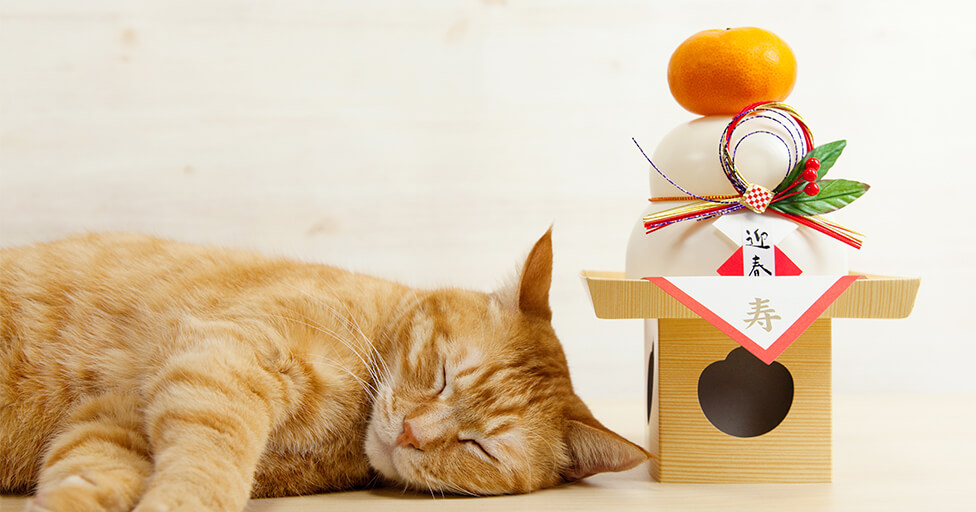
Giving Goodies:
With New Years being only a week after Christmas, in the United States, most people are either spending their holiday cash or gift cards OR trying to give their wallet CPR after all the ‘good cheer’ it had to spend. Buying for New Years is not a thing outside of partying supplies like goofy hats, blowers, dumb classes, and adult beverages. So gifts definitely here sound strange…unless you are presented with a New Years kiss. ^_-
Jesting aside, there are few New Years exclusive items to purchase in Japan. One such goodie is Fukubukuro, similar to mystery grab bags sold at stores. The item(s) inside are usually worth more than what you pay, plus the mystery of it heightens the thrill of buying, but they do sell out fast.
Children are given a small amount of money during New Years too in envelopes, this tradition is known as Otoshidama. New Years postcards are sent to friends and family too.
Kite flying and paddleball playing are also fun activities that can be seen in early January.
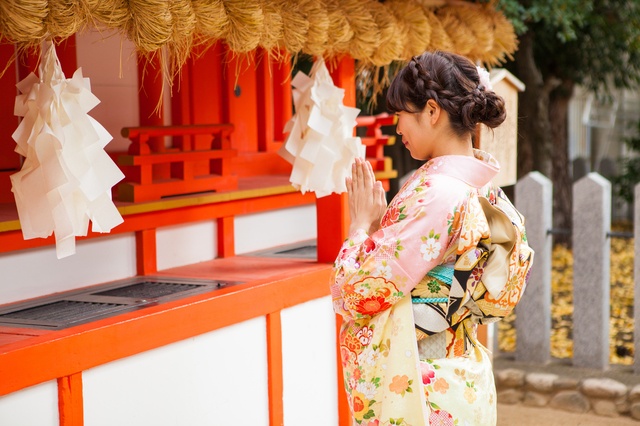
Shrine Visits:
Lastly, the most essential part of a proper Japanese New Year: a visit to the shrine. And it being the first one for the year, Hatsumode, this venture is important and crowded. Fortunes for how your year will turn out are bought after an offering is tossed and you ring the bell and clap twice at the shrine altar, you also able to make your own wish. Some citizens wear kimonos with a wrap or fur collar if it is very cold. Families, friends, or couples go together between January 1st-3d for this deep-rooted tradition.
*****************************
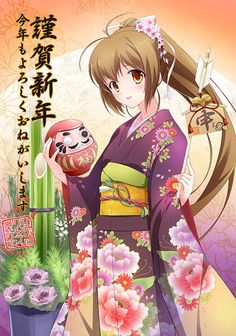
No matter how you celebrate the day, what culture you are a part of, and the traditions you share, I hope the start of your year is as full of light as the first sunrise, your soul filled with contentment, an awe for life, and possibilities. 🙂
Stay geeky!
******************************

Educator of young minds by day, super nerdy savior of justice, and cute things by night, Morgan Straughan Comnick has a love for turning the normal into something special without losing its essence. Morgan draws from real-life experiences and her ongoing imagination to spark her writing. In her spare time, she enjoys doing goofy voices, traveling to new worlds by turning pages, humming child-like songs, and forcing people to smile with her “bubbliness.” It is Morgan’s mission in life to spread the amazement of otaku/Japanese culture to the world and to stop bullying; she knows everyone shines brightly.
For more information about Morgan and her works, check out her website, which also has links to all her social medias: http://morganscomnick.com



